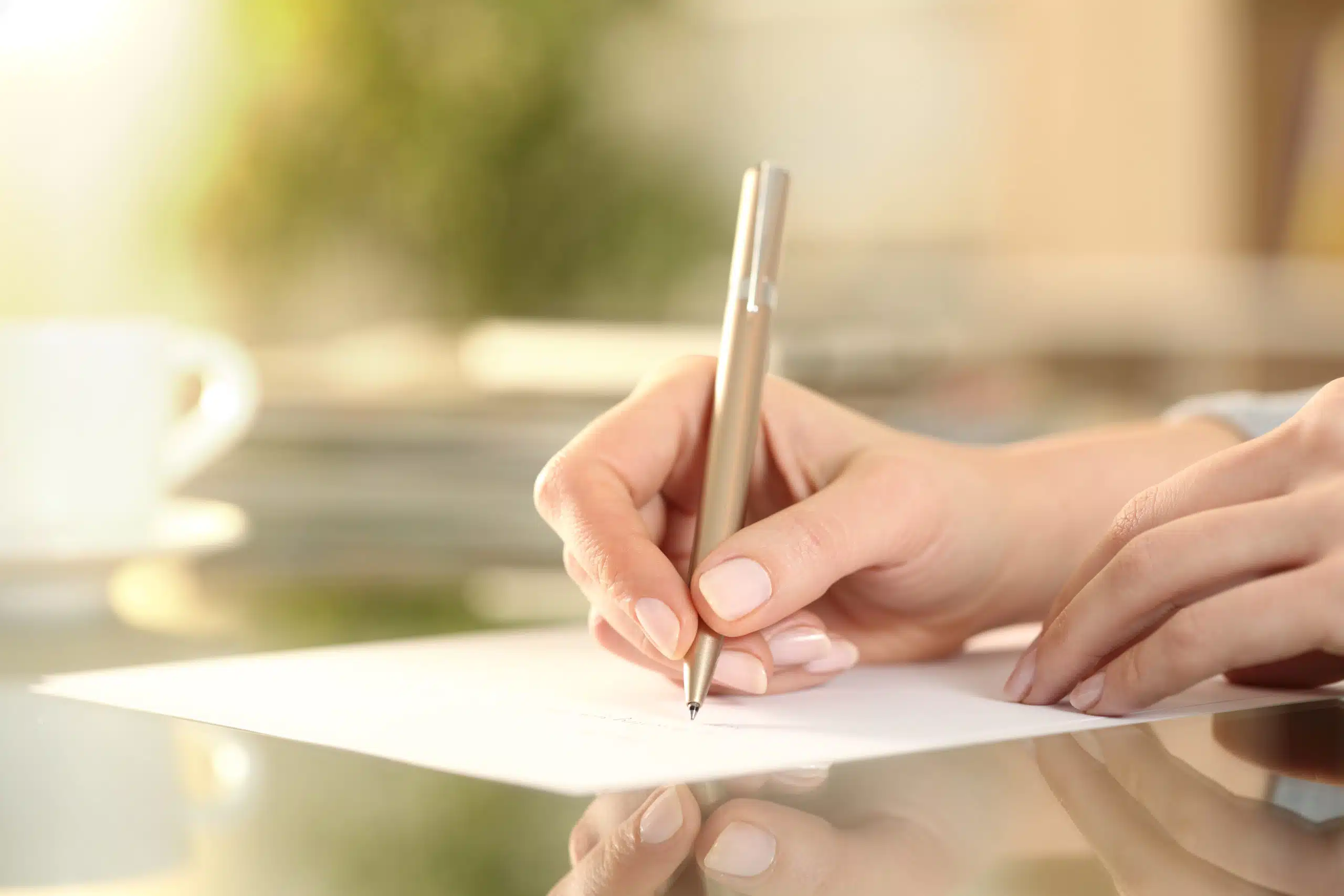Here’s how to write a poem about yourself in 5 practical steps:
- #1 Brainstorm
- #2 Choose a focus
- #3 Write a first draft
- #4 Edit, edit, edit
- #5 Learn from your poem
So if want to weave a poem that captures your essence, this article is for you.
Let’s get started!
- Craft Captivating Poems: 16 Practical Steps
- Craft a Captivating Poetry Analysis: 7 Actionable Steps
- Write Rhyming Poems: Unlock Rhyme Mastery
- Read Poems Aloud Like a Pro: 5 Proven Tactics
- Edit Poetry Like an Expert: 5 Easy Steps
- Analyze Poems: 6 Steps to Craft Meaning
- Format & Punctuate & Annotate Poems: Like a Pro
- Critique Poetry with Ease: 5 Steps to Success

Writing a Poem About Yourself
As writers and as people, we have a natural and constant urge to express ourselves.
But when it comes time to really dig into what it is you want to express, it’s not uncommon to come up empty.
Or, more accurately, to have so much to say that no one thing stands out.
So where exactly do we begin with this daunting task of creating ourselves on paper?
To put it bluntly, there really is no wrong way to get started on this process, but we’ll go over a few basic steps you may want to employ.
The important thing, though, which I cannot stress enough, is that the poem will not write itself.
Procrastination is your worst enemy.
Now let’s go over a few simple steps that can help you get into the right mindset to write about yourself.
5 Steps to Write a Poem About Yourself
#1 Brainstorm

Before you even start on the poem, just write out as many details about yourself as you can think of.
Things that you think are interesting.
Things that you think are meaningful.
Whatever comes to mind.
At this point in the process, there’s no need for filters.
Just let every thought pour out and jot it all down on a piece of paper.
Maybe you’ll start noticing themes in your train of thought that can help you.
You might consider circling parts that really stand out as essential to describing yourself.
You might put an asterisk next to thoughts you’re unsure of.
Just don’t discard anything yet.
You’re going to want every thought in front of you because you might find that they interact in interesting ways.
If most of your immediate thoughts are about your ambitions and your dreams for the future, then maybe that’s the direction you want to go in.
If you find yourself taking a lot of notes about the doubts and hardships you’re currently going through, perhaps starting there would be worth exploring.
You might decide to write one or two or twenty poems before it’s all said and done, so you might as well keep every single detail you come up with for later.
#2 Choose a Focus

What is the thing about yourself that you most want to express right now?
Which detail, out of everything you thought of, feels like it gets the closest to your personal truth?
It’s a good idea to start there.
It might be an identity or label that you feel unfairly restricts you in your daily life or maybe it’s a hobby that you want to share your passion for because the joy it brings you is something you wish on others.
Whatever the case, a poem generally does need to have some sort of theme or central thread connecting it.
Once you have that central thread, you can connect everything back to it.
If you want to describe yourself as beautiful and misunderstood, then most of the details in your poem should circle back to that in some way.
Blue eyes are blue, but there’s a big difference between having eyes “the color of a turbulent and unsure ocean” versus having eyes “that reflect those limitless old skies.”
Take advantage of the details you wrote down during your brainstorming session and turn them into something that connects back to the side of you that you’re expressing right now.
And it will always feel like there’s more to express.
That’s fine.
People are complicated. Don’t get swept up in your own tides, though.
Choose today’s truth and tell it.
You can write again tomorrow.
#3 Write the First Draft

Accept that your first draft is only a first draft and does not need to be perfect.
The first step to writing something really, really well is to allow yourself to write it really, really poorly first.
The reason is simple.
It’s better to have a bad poem that you can go back and work on than no poem at all.
So write the first draft freely.
If you’re comfortable experimenting with rhyme schemes and structures, go for it.
If you would rather the poem be non-rhymed and just focus on getting the imagery and flow right, that’s fine too.
There are no standards you need to hold yourself to for a first draft.
If some of the lines feel a little off, try writing symbols next to the margins that make sense to you or underlining or circling certain lines to emphasize that they “feel off.”
Come up with your own personal system of symbols and markups that feels logical to you, even if it looks confusing to everything else.
If you associate the color red with corrections, use that to your advantage.
If you associate triple underlines with praise, then use that.
#4 Edit, Edit, Edit

Go back through every line and every word.
Read them out loud, carefully, and slowly.
Read them to a friend or a family member.
Ask for feedback.
Ask if they feel like it describes you.
Most importantly, ask yourself if it describes you.
Pay special attention to any lines that you marked and try to figure out what felt especially good or especially bad about certain lines.
Count the syllables to see if the lines that feel off have too few or too many compared to their neighbors.
Also, think back on the central theme you chose for your poem.
What details contribute to the message you wanted to express?
What lines simply aren’t pulling their weight?
Don’t be afraid to cut out or add entire sections.
Try shuffling your stanzas around.
Maybe they feel more fluid in a different order.
One draft is almost never enough.
Two drafts is a shaky maybe.
Three drafts is a tense almost.
Keep editing until you hit the point where you feel like you’re just nitpicking at lines.
No poem is ever truly “finished” but you will eventually decide that you’ve gotten about as close to the meaning you wanted as you can at your current skill level.
Or you might decide to discard the whole thing and start over.
It’s your poem, so do what feels right.
#5 Learn from Your Poem

This one’s a little unusual, but it is important.
Every time you write anything, whether it’s a poem, an essay, or an entire book, learn from the process of writing it.
What did you struggle with?
What do you think you expressed very well?
When you shared it with others, what lines did they get confused on?
How can you adjust your poetry in the future to better communicate or to be more effective artistically?
Schools will teach you that writing takes place on your word processor, but there are so many more opportunities out there that you can take advantage of.
Try joining workshops that share and critique each other’s poems.
Join forums focused on gathering writers together to get opinions about what works and what doesn’t.
Read books and articles about the techniques successful writers have used.
Most importantly, read poetry.
If you’re going to be a poet, then one of the best ways to learn poetry is to read the works of others.
Famous works. Unknown works.
Anything and everything that you have access to is fair game.
As your skillset expands, you’ll start seeing creative uses of technique and rhythm that you’ll want to steal and make your own.
You’ll build up a collage of skills and preferred topics and favorite words that are unique to you.
Then you’ll add to it.
Go out there, grow, and come back to write another poem about yourself with everything you’ve learned.
You’ll find that they only get better and better.
- Craft Captivating Poems: 16 Practical Steps
- Craft a Captivating Poetry Analysis: 7 Actionable Steps
- Write Rhyming Poems: Unlock Rhyme Mastery
- Read Poems Aloud Like a Pro: 5 Proven Tactics
- Edit Poetry Like an Expert: 5 Easy Steps
- Analyze Poems: 6 Steps to Craft Meaning
- Format & Punctuate & Annotate Poems: Like a Pro
- Critique Poetry with Ease: 5 Steps to Success
